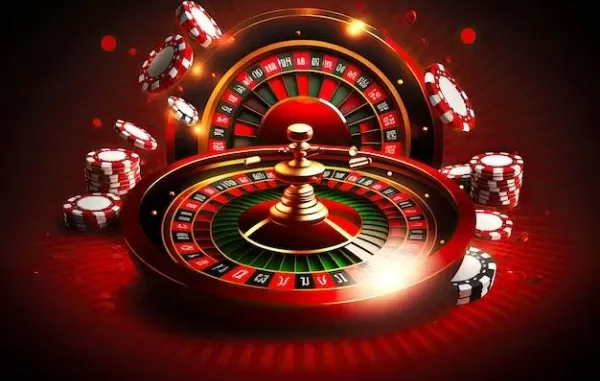
For centuries, games of chance have enthralled humanity with the elusive promise of easy money. What is it about wagering that makes it so irresistible to so many people? Modern psychology has uncovered several explanations behind the appeal of gambling. By understanding the mental traps and cognitive biases involved, we can better comprehend the factors driving continued play in the face of loss.
The Near-Miss Effect Boosts Anticipation
Gambling features unpredictable positive reinforcement schedules. Wins at Nine Casino España are intermittent and random, occurring just frequently enough to give players a taste of victory and trigger their reward circuits. This leaves gamblers constantly chasing the next big payout. Even when they logically know the odds are against them, they hold out hope that Lady Luck is just around the corner.
Slot machines in particular leverage the “near-miss effect.” Studies show that when players get two out of three jackpot symbols lined up, triggering a near-win, they experience a rush of anticipation. Their brains react similarly to a real win. These near-misses motivate them to play on, as players feel that they are “due” for a real jackpot soon.
The Illusion of Control Bias Provides False Confidence
Gamblers also fall victim to an illusion of control. They develop favorite numbers, superstitious rituals, or a conviction that they can “read” the machines. Psychologists call this the illusion of control bias. Despite the entirely random nature of most games of chance, players convince themselves these actions raise their odds.
This cognitive trap gives players an inflated sense of influence over uncontrollable outcomes. Their brains conflate skill and luck. A Johns Hopkins study found that when players could throw dice themselves in a craps simulation, instead of having a dealer do it, they bet more recklessly. This bias persists even when they logically understand the game is random.
Intermittent Reinforcement Leads to Addiction
The psychology of gambling addiction lies in variable reward schedules. Slot machines and roulette wheels provide the perfect vehicle. The next spin could result in a huge dopamine flood from a big payout…or nothing.
Psychologists call this a variable ratio schedule of reinforcement. Wins are unpredictable, occurring at different frequencies. This causes dopamine to spike each time players try their luck, driving them to chase the next high. The thrill of almost winning further fuels this craving through near-misses.
Chasing Losses Motivates Risky Bets
Cognitive theories also point to loss chasing as a factor in gambling addiction. After experiencing a big financial hit, players feel compelled to keep playing to recover their money. Economists call this risk-seeking behavior after losses.
The pain of losing money triggers the strong drive to break even and get back to the status quo. Even though the odds remain fixed against them, gamblers in the grip of this bias make increasingly risky plays using more money, hoping their luck will turn. In statistical terms, they falsely believe negative recency implies positive expectations about the future.
| Year | Total Global Gambling Revenues | Online Segment Revenues |
| 2017 | $533 billion | $50.7 billion |
| 2018 | $565 billion | $57.5 billion |
| 2019 | $609 billion | $66.7 billion |
While gambling addiction likely arises from multiple overlapping factors, understanding the psychological hooks behind games of chance provides insight. Cognitive traps like the near-miss effect, illusions of control, unpredictable reward schedules, and chasing losses conspire to keep players betting against the odds. By examining the false beliefs and mental blindspots driving continued play, we can better grasp the complex psychology enabling gambling addiction.

Leave a Reply